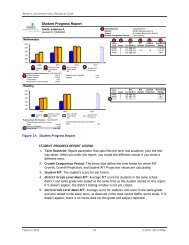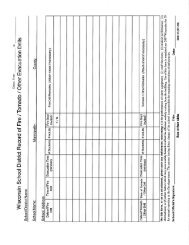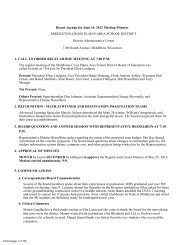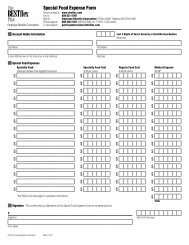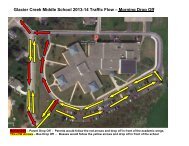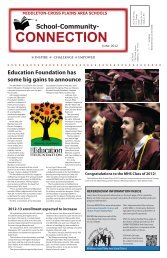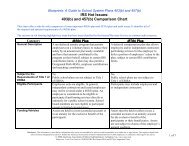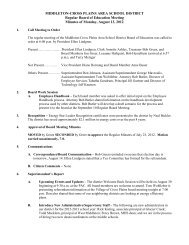Project Lead the Way (PLTW) Engineering
Project Lead the Way (PLTW) Engineering
Project Lead the Way (PLTW) Engineering
Create successful ePaper yourself
Turn your PDF publications into a flip-book with our unique Google optimized e-Paper software.
<strong>PLTW</strong>: Human Body<br />
Systems (HBS)<br />
Grades: 9, 10, 11, 12<br />
Length: Year or Equivalent (semester-long block)<br />
Prerequisite: Completion of or concurrent enrollment in<br />
Principles of <strong>the</strong> Biomedical or consent of Global Academy Advisor<br />
Students examine <strong>the</strong> interactions of body systems as <strong>the</strong>y explore identity,<br />
communication, power, movement, protection, and homeostasis. Students design<br />
experiments, investigate <strong>the</strong> structures and functions of <strong>the</strong> human body, and use<br />
data acquisition software to monitor body functions such as muscle movement, reflex<br />
and voluntary action, and respiration. Exploring science in action, students build<br />
organs and tissues on a skeletal manikin, work through interesting real world cases,<br />
perform multiple dissections, and often play <strong>the</strong> role of biomedical professionals to<br />
solve medical mysteries.<br />
<strong>PLTW</strong>: Medical<br />
Interventions (MI)<br />
Grades: 10, 11, 12<br />
Length: Year or Equivalent (semester-long block)<br />
Prerequisite: Completion of or concurrent enrollment in Human Body Systems (HBS) or<br />
successful completion (B- or better) of an AP science or advanced science course.<br />
course. Or consent of Global Academy Advisor.<br />
Students investigate <strong>the</strong> variety of interventions involved in <strong>the</strong> prevention, diagnosis<br />
and treatment of disease as <strong>the</strong>y follow <strong>the</strong> lives of a fictitious family. The course is a<br />
"How-To" manual for maintaining overall health and homeostasis in <strong>the</strong> body as<br />
students explore: how to prevent and fight infection; how to screen and evaluate <strong>the</strong><br />
code in human DNA; how to prevent, diagnose and treat cancer; and how to prevail<br />
when <strong>the</strong> organs of <strong>the</strong> body begin to fail. Through <strong>the</strong>se scenarios, students are<br />
exposed to <strong>the</strong> wide range of interventions related to immunology, surgery, genetics,<br />
pharmacology, medical devices, and diagnostics. Each family case scenario<br />
introduces multiple types of interventions and reinforces concepts learned in <strong>the</strong><br />
previous two courses, as well as presenting new content. Interventions may range<br />
from simple diagnostic tests to treatment of complex diseases and disorders. These<br />
interventions are showcased across <strong>the</strong> generations of <strong>the</strong> family and provide a look<br />
at <strong>the</strong> past, present and future of biomedical science. Lifestyle choices and<br />
preventive measures are emphasized throughout <strong>the</strong> course as well as <strong>the</strong> important<br />
roles scientific thinking and engineering design play in <strong>the</strong> development of<br />
interventions of <strong>the</strong> future.<br />
Biomedical<br />
Innovations (BI)



